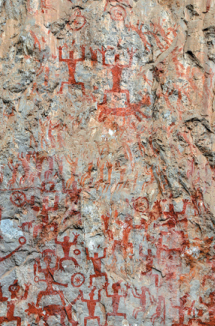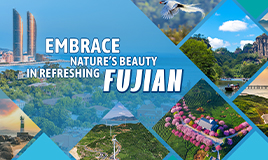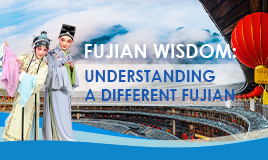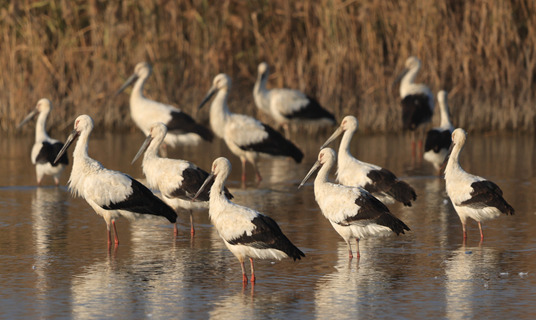A list of achievement

Zuojiang Huashan Rock Art Cultural Landscape in Chongzuo, Guangxi Zhuang autonomous region, a site added to the World Heritage List in 2016. [Photo by Yu Xiangquan for China Daily]
The Archaeological Ruins of Liangzhu City (listed in 2019) unveils a regional state and a civilization best known for its jade artifacts and water conservancy technology from 5,300 years ago.
Separately, "Silk Roads: The Routes Network of Chang'an-Tianshan Corridor" (2014) and the Grand Canal (2014) indicate the communication and trade networks in ancient China, giving impetus to the development and prosperity of society.
The Cultural Landscape of Honghe Hani Rice Terraces (2013), Tusi Sites (2015) and Zuojiang Huashan Rock Art Cultural Landscape (2016) portray how different ethnic groups communicate with and influence each other to form a shared community of Chinese people.
"Kulangsu (Gulangyu Island), a Historic International Settlement" (2017) provides a unique example of cultural diversity on the southeastern coast of China, more recently, between the East and the West.
"The heritage sites span different phases of the development of Chinese civilization and speak to its outstanding achievements," Zhang said. "They show cultural inheritance …and the evolving wisdom in protecting ecology."
China's tentative list for future inscription on the list of World Heritage sites continues to reflect such a philosophy. For example, the Ancient Tea Plantations of Jingmai Mountain in Pu'er, which will be China's nomination for the World Heritage List in 2022, shows the cradle of tea culture and demonstrates agricultural technology, a belief system and people's care for the environment through the cultivation of tea, according to a proposal of the National Cultural Heritage Administration.




